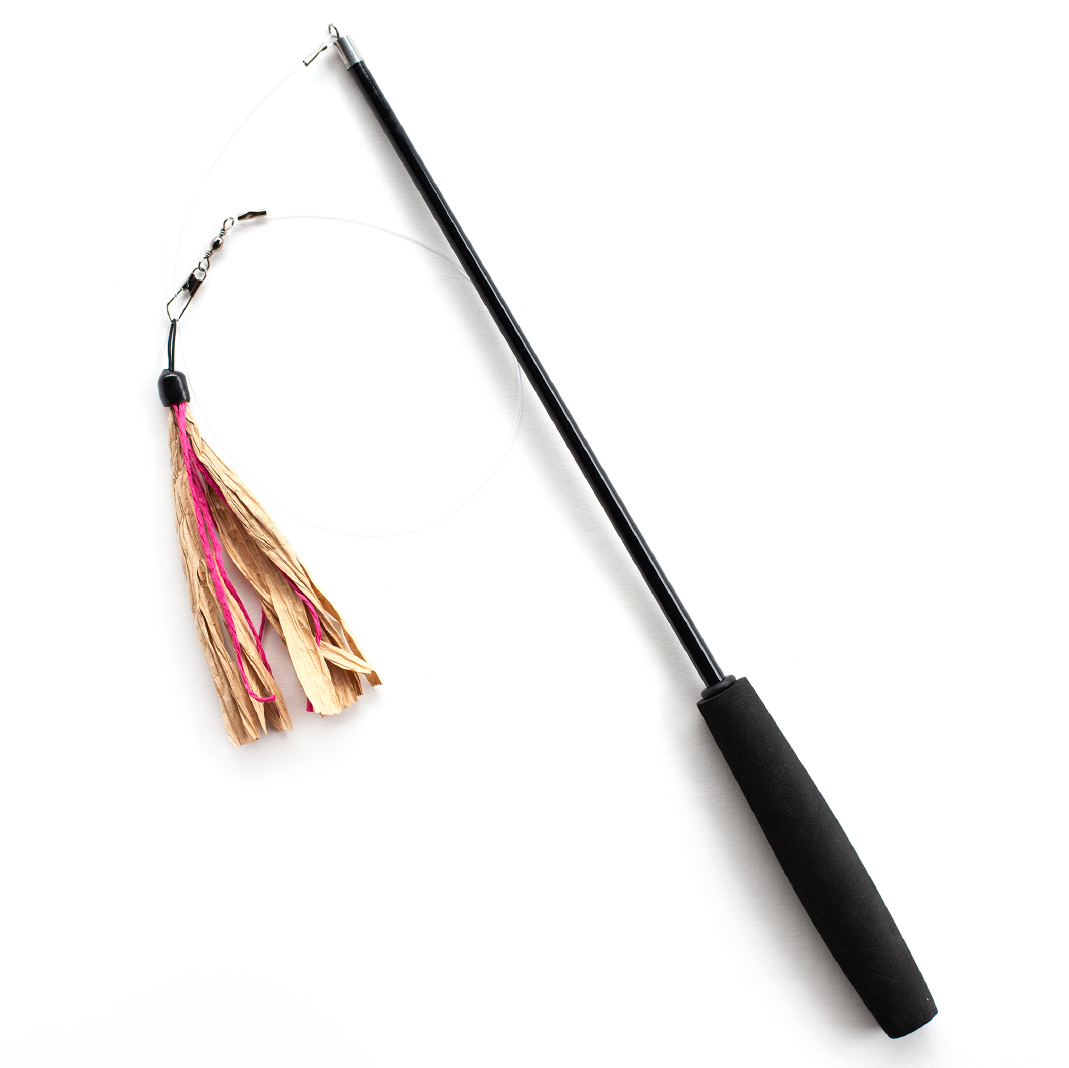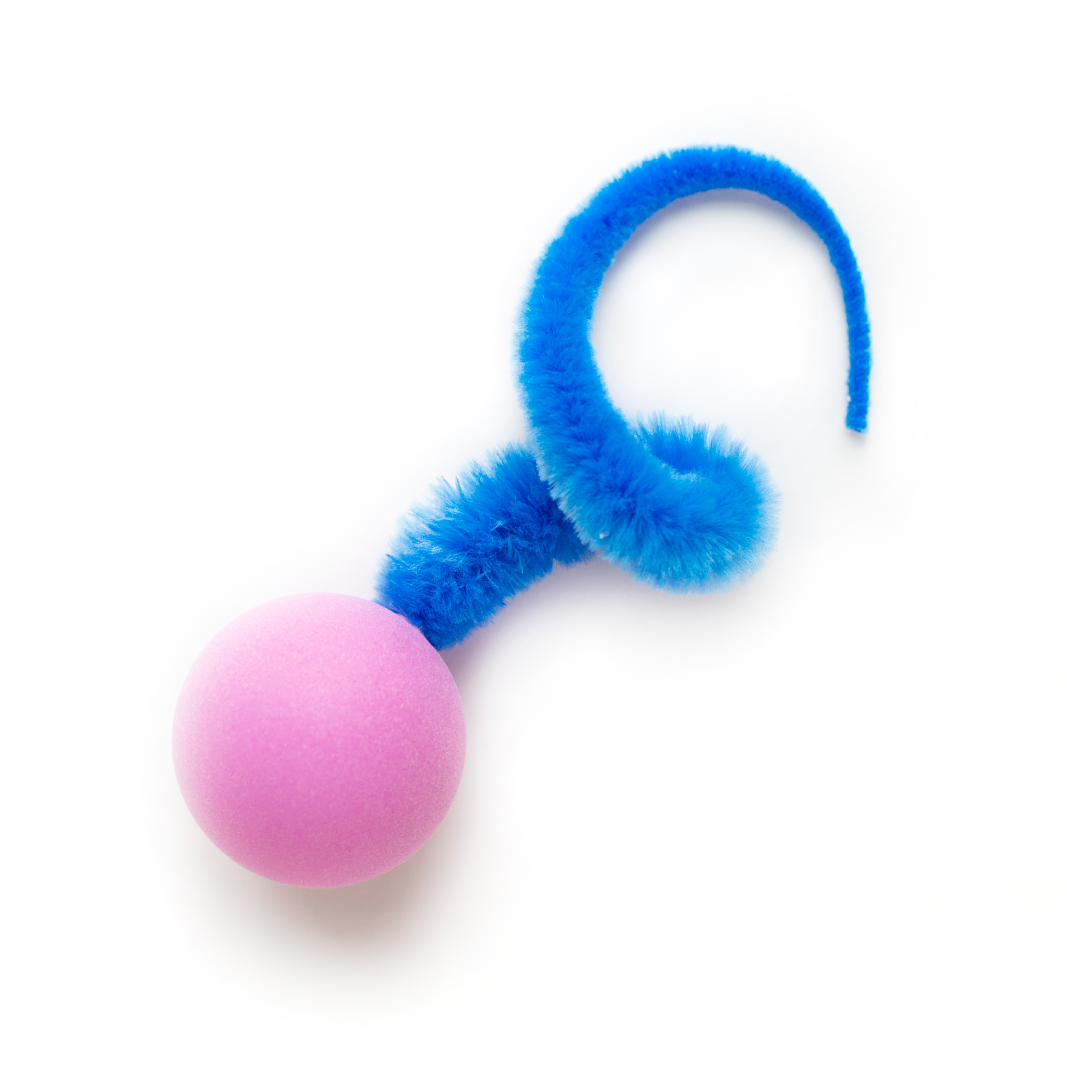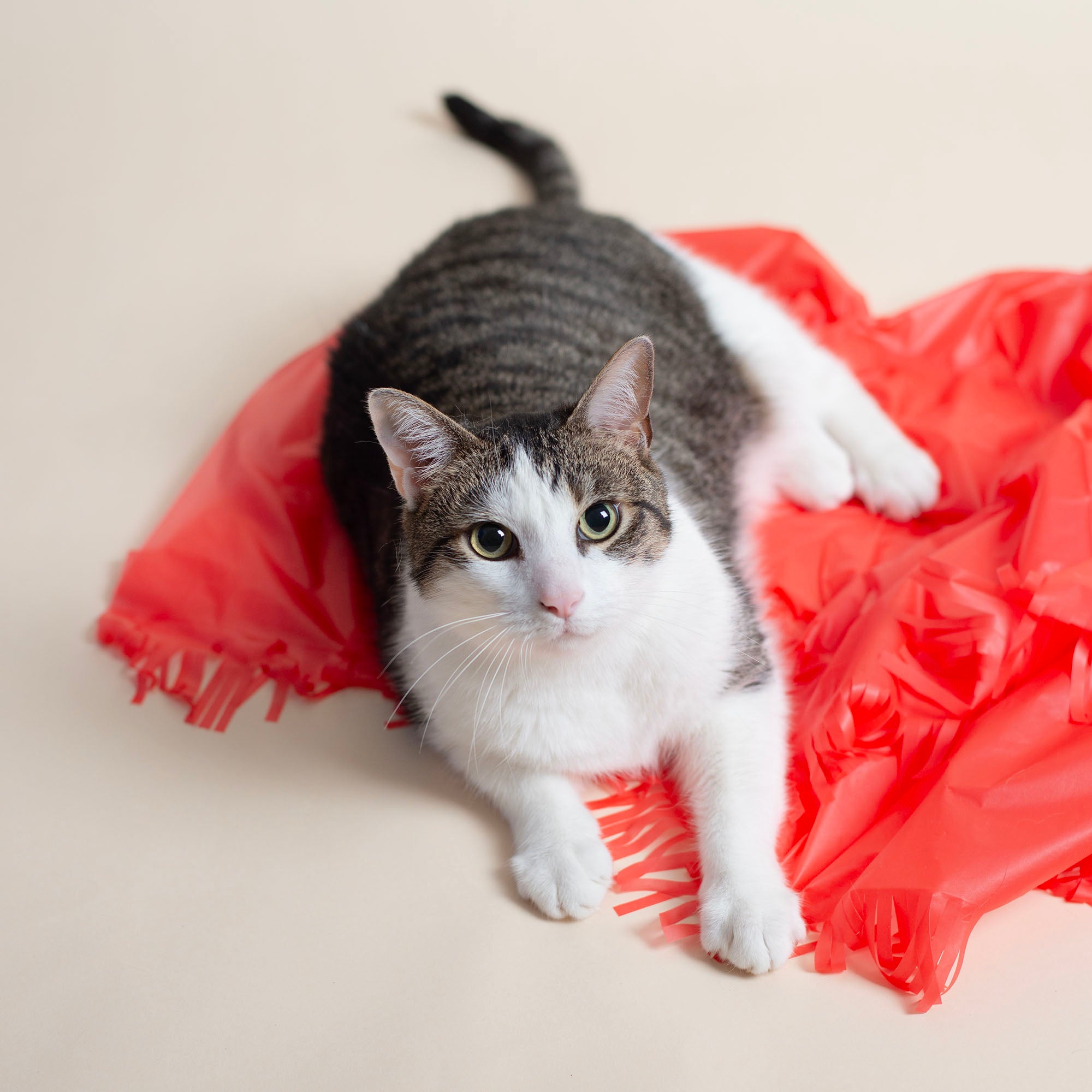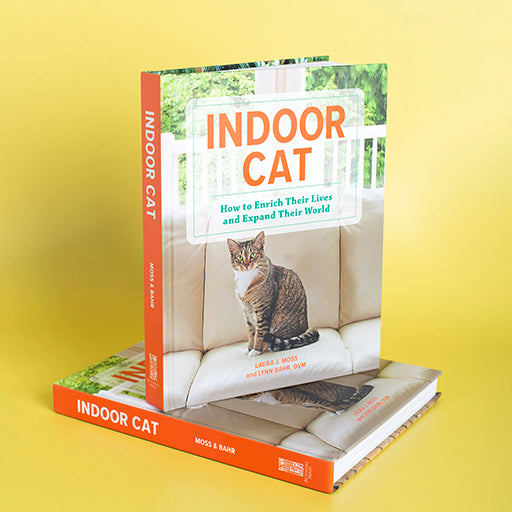Roses are red, violets are blue: cat-safe plants and flowers

Cue the chocolates, hearts, mushy feels and... flowers. Roses. Violets. You know the drill. While we're here for all the sweet gestures, however well-intentioned, giving flowers to your special someone who happens to be a keeper of a cat, can unwittingly pose a risk to their feline companions. Cats are naturally curious creatures, drawn to the textures, movements, and even the tastes of plants. This lure of the flora and fauna can lead them to nibble on blooms that may be toxic. Let's dive in to why cats gravitate towards plants and how we can ensure their safety, whether we're gifting or the recipient of a lovely arrangement this season.
Cats, despite being carnivorous, have a known attraction to various plants and flowers. This behavior is thought to be linked to their ancestral habits, where consuming certain plants provided necessary fiber or helped in the expulsion of indigestible parts of their prey. For indoor cats, who lack free access to grass and other plant materials, the sudden appearance of a bouquet can be irresistible. It presents a novel texture to explore, a new object to investigate, or even a potential snack to nibble on.
The problem arises when these bouquets contain plants that are harmful to cats. Flowers such as lilies, tulips, and daffodils, commonly found in Valentine's Day arrangements, are toxic to cats and can lead to serious health issues ranging from gastrointestinal upset to more severe conditions like kidney failure or cardiac problems. The risk isn't limited to just the flowers themselves; even the water in which they are kept can become contaminated with harmful substances.

To mitigate these risks while still enjoying the tradition of gifting and displaying flowers, cat owners are encouraged to familiarize themselves with which plants are safe and which should be avoided. Pet-safe flowers like roses (thornless), orchids, and sunflowers can be excellent alternatives that allow owners to bring the beauty of nature indoors without endangering their pets. Additionally, creating a designated safe green space with cat-friendly plants can satisfy a cat's instinctual need to interact with plant life, offering benefits such as aiding in digestion, providing sensory enrichment, and even helping with dental care by encouraging chewing.
In conclusion, while celebrating love and affection with the gift of flowers, cat owners must exercise caution. By choosing cat-safe plants and flowers for Valentine's Day bouquets, they can ensure their feline friends enjoy a safe and happy holiday. It's a simple yet significant way to show love for our pets, keeping their well-being at the forefront of our celebrations. Always consult resources like the ASPCA's list of toxic and non-toxic plants as a guide and, when in doubt, opt for pet-friendly alternatives that keep the spirit of Valentine's Day alive without compromising the safety of our beloved cats.









